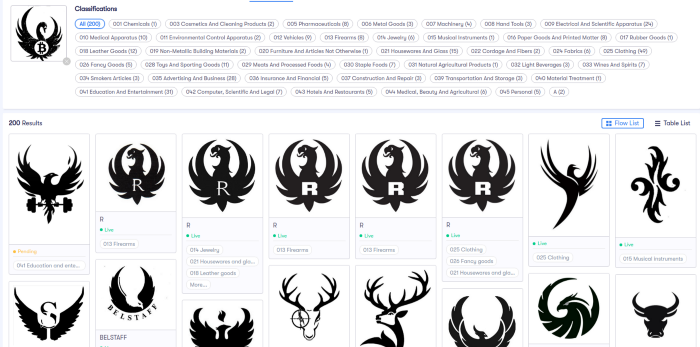The Shortest Intro to Metaverse, Cryptocurrency, NFT, and Web3.0
Metaverse. This term first appeared in the SciFi novel “Snow Crash” written by Neal Stephenson in 1992.

In the book, metaverse was a virtual urban environment built by top hackers for people to entertain themselves out of dull and busy life in “the future”. When Facebook announced on Oct 28, 2021, that Meta’s new mission is to build this augmented virtual/mix reality world, Metaverse, the company apparently claimed the beginning of making science fiction into reality.
Cryptocurrency is the primary currency used in Metaverse. Just like we use the money to buy goods, we will use cryptocurrency to purchase virtual goods in the metaverse.

NFT is the ownership certificate of virtual goods in the metaverse.

People sometimes need ownership certificates to prove they own something in the physical world. A title of a house or a grocery shopping receipt can be an example of such certificates. In the physical world, we don’t always need a receipt after shopping because the goods are physically in our hands after we pay the price. However, in the virtual world, the exchange can only be verified with such certificates, which is why NFT is so important in Metaverse. NFT and Cryptocurrency together will be the foundation of the economy in Metaverse.
Web3.0 is the next version of the Internet where users have clear ownership over their contributions, such as creation, data, and playtime, and get a share of any revenue generated with their contributions.

In contrast, the current Internet, or Web2.0, is a system where user data is maintained by the big companies and for the big companies only. In Web2.0, the primary economy is the targeted ads, whereas the creator economy will be the leading economy in Web3.0.
The Relation among Metaverse, Cryptocurrency, NFT, and Web3.0 is the following. The Metaverse is going to be a big piece of Web3.0. There will be multiple metaverses, such as the numerous websites we use every day, to provide new experiences for users constantly. Creators will build each and every one of the fancy metaverses with virtual worlds, including goods, services, and every detail of them. Such creations will create an economy where consumers use cryptocurrency to do business together and use NFTs to certify the ownership of virtual stuff.
NFTs and Copyright Infringements
As discussed above, the creator economy will play a central role in Web3.0 and Metaverse. Therefore, we need an infrastructure that can empower creators like never before. While other aspects, such as the ease of use of creator tools or the flourishing of the virtual goods marketplaces, have to be prioritized, we see copyright protection as the crown jewel of such creator-friendly infrastructure. No creators will get their fair shares if other people simply download their virtual creations and begin to sell them somewhere else. A healthy ecosystem should, and must, reward creators by either recognization or economic benefit for long-lasting motivation and momentum of growth.

The digital assets infringement issue has begun to draw a lot of attention around the globe recently. On Oct 29, 2021, Reuters published an extended discussion of “What are the copyright implications of NFTs?” They cited some copyright laws about ownership relations between creators and owners, and they discussed the responsibilities among sellers and the NFT marketplaces against copyright infringement activities. On Aug 4, 2021, Fortune.com published “Copyright violations could crash the NFT party”. The article discussed the phenomenon of an NFT price dropping dramatically when people found out it was infringing other digital art. On Jun 16, 2021, Techcrunch published “No, NFTs aren’t copyrights”. They had a good and clear discussion about the relation between NFTs (the certificates) and digital assets (the virtual goods). And they clarified that although two parties could use two distinct NFTs to certify two pieces of virtual assets, the assets could have infringement relations to one another. They also said, “Without legal parameters, fraud is inevitable”, referring to such infringements.
Huski Technology and Large Scale Infringement Detection
This previous article explained that Huski.ai exists to detect brand infringements so that brand owners are better informed and brand growth protected. In that article, we also hinted at the vision of everyone being a brand owner in the metaverse. In retrospect, that vision is exactly the creator economy we talked about in this article. Brands, digital assets, and virtual goods are actually interchangeable terms in terms of the entities our technology could process.

Generally speaking, infringement detection or search engine will index an enormous amount of copyright content in multimedia formats and detect their presence in any given query (in the forms of text, image, etc.). Given the nature of the countless copyright content, we can neither build one model for each content nor rely on labeling enough data per content to create AI systems to tackle the problem. It will either end with too many models to handle or too much data to label. Instead, we have to find a scalable way to train as few models as possible to learn the abstract essence of each copyright content about what made them originally unique and try to identify that uniqueness when it appears again in the query. And we have to do it by an unsupervised show and tell. This article has more details about our technology roadmap and progress.
Fortunately, this long-shot technology roadmap paid off. Because we built our technology the way we envisioned, the effectiveness of our search engine is indeed insensible to the content, regardless of representing brands, digital assets, or virtual goods.
That is why Huski is uniquely positioned for Web3.0.

